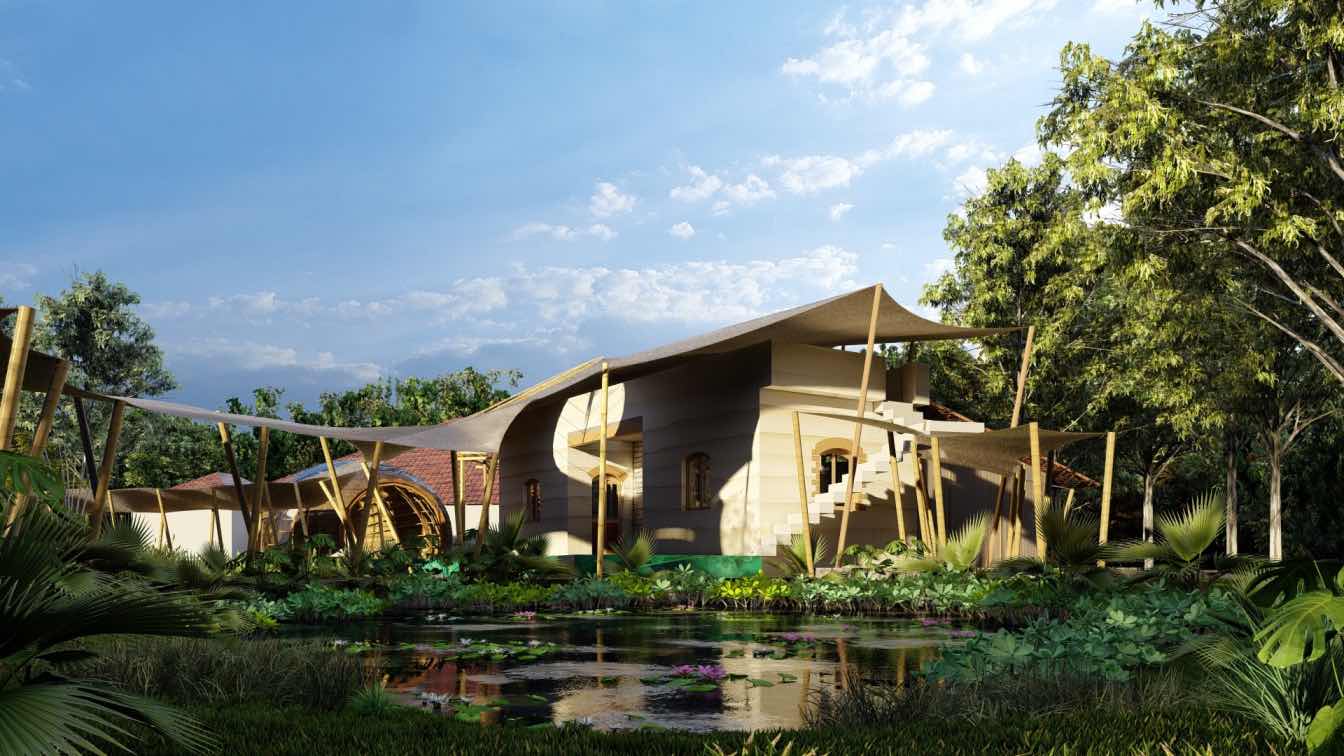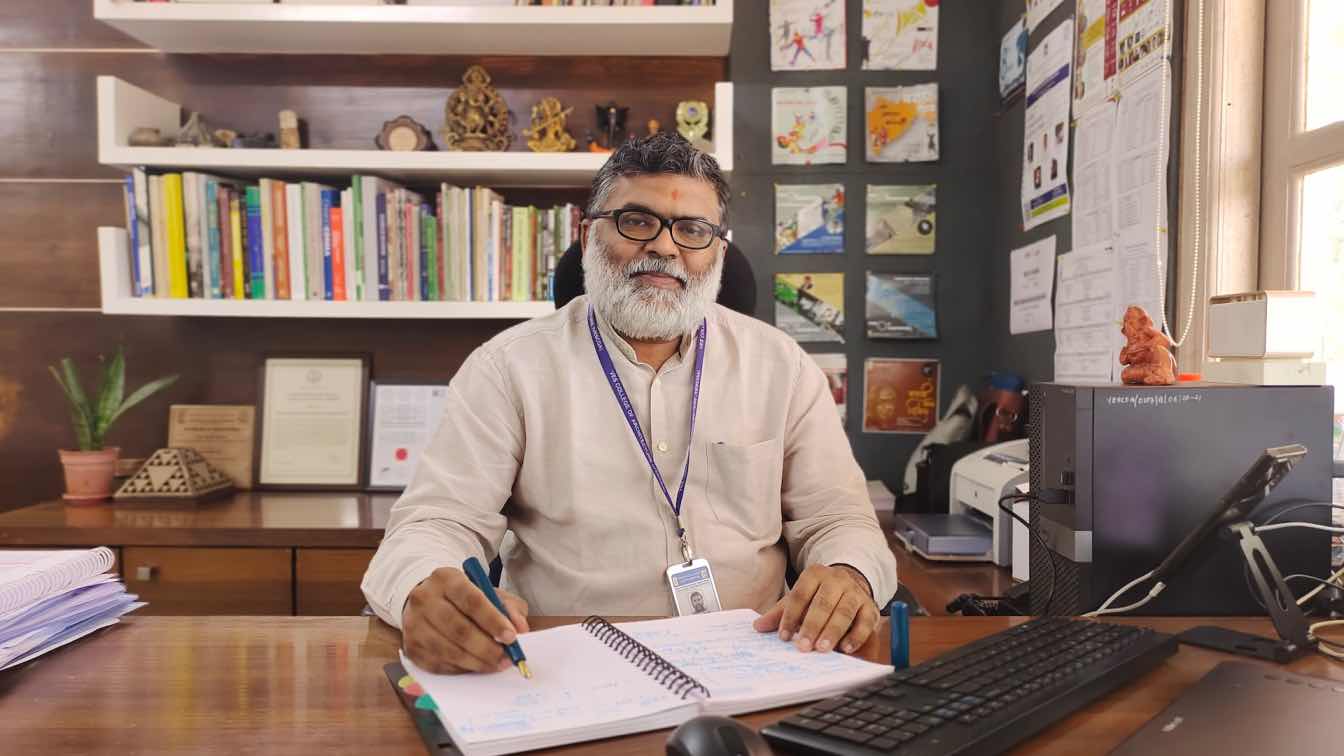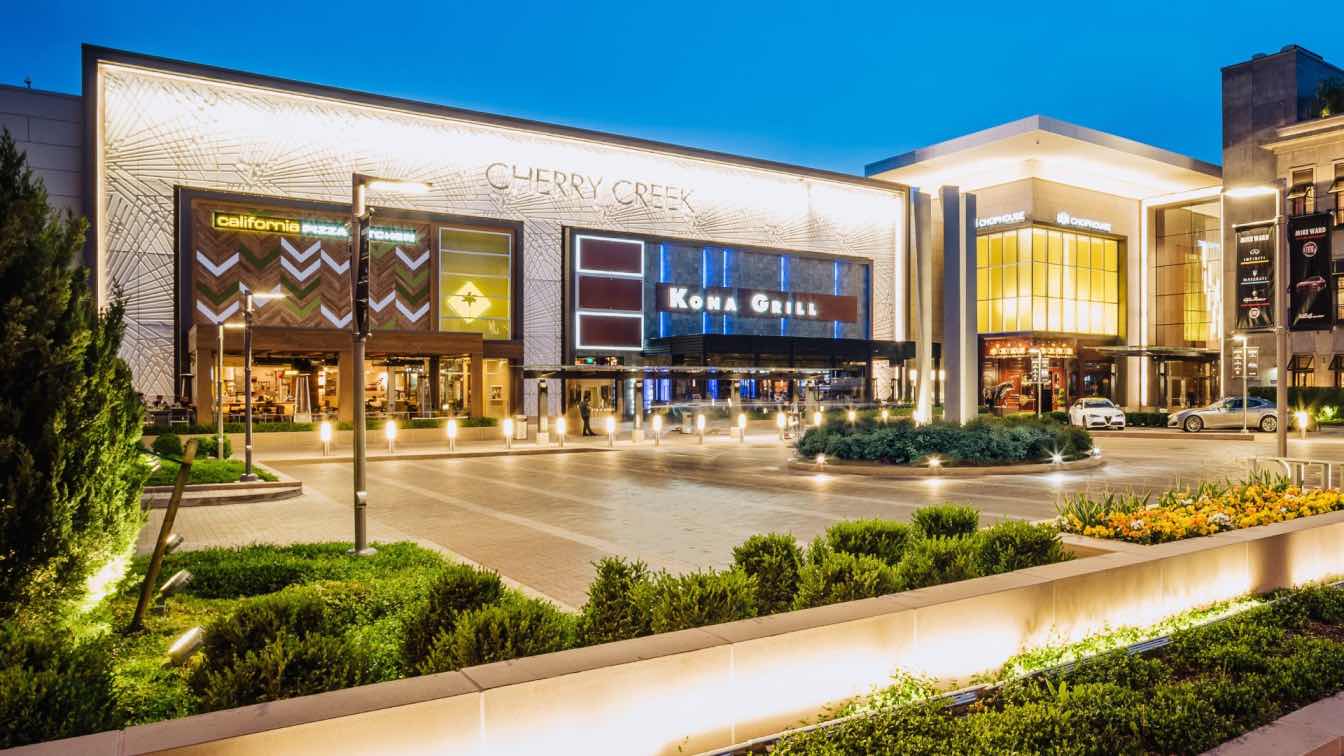My association with architect Neelam Manjunath goes back over a couple of decades when as the editor of a magazine, I had contacted her for a project utilizing the material bamboo. And from then to now, I have witnessed that with her grit and passionate belief in this sustainable and aesthetically pleasing material, she has and continues, fighting the tough battle of bringing Bamboo to the limelight and emphasizing on the adoption of eco-friendly technologies and the resultant vernacular design. Neelam’s resolve gets echoed in her observation, “Green and sustainable construction in India is not an option any more: it is the only way left if we want the human race to survive.”
Backed by a strong education base, Neelam Manjunath with her very professional and pleasant demeanor, continues pushing frontiers to achieve her targets of bringing human settlements closer and further related to nature. For the unanointed towards her mega crusades, here is a gist to her tremendous thrust in this realm - Architect Neelam Manjunath is an architect, planner, scientist, activist and theoretician. Manasaram Architects- her architecture firm since 1991, has accomplished projects catching headlines for sustainability with an innovative construction technique using bamboo. She is on numerous technical committees, has delivered talks/presented papers internationally, participated in exhibitions,conducted workshops and her works have been published in over 20 countries in over 10 languages. Her books and articles on sustainability on bamboo construction/design are sorted out as a treasure of resource in the subject. She is also a proud recipient of a number of prestigious awards.

I could not resist the fresh opportunity of interacting and getting acquainted with her perceptions in the field. Extracts from our connect:
Suneet Paul: Fascinating it is no doubt, to observe your consistent zeal for decades now, in articulating your almost obsessive passion for bringing awareness and the need to dwell upon vernacular technologies in construction and design. Do share what beliefs and factors led you initially towards this path?
Neelam Manjunath: I am from a small town in Bihar and from a middle-class family. We lived a very simple and contended life very close to nature. I loved the connection of our life to nature and the simplicity, which I missed when I moved to a city for higher education. So, when I joined an architecture school, and later in my professional life, I have always tried to connect my buildings to the immediate natural setup. If it is not available, then I create a habitat for the building to sit in. Till today I follow the same beliefs.
SP: Kudos to your pioneering efforts of bringing to the forefront the assets of the unique and emotive material – bamboo. More so in India where urbanization is happening at a fast pace with slants towards modern materials and technologies. You are attempting to pierce through mindsets. How do you gauge the receptiveness of the urban Indian towards utilizing such bio-friendly materials as bamboo?
NM: The receptiveness by the urban Indian is quite good for these bio-friendly materials like bamboo. It is very heartening to see many architects and designers adopting them in their designs in many innovative ways. But in most of the cases it is not used as an eco-friendly, low embodied energy material but more as a material in vogue purely for scoring points. They are exorbitantly priced and high maintenance, which completely defeats the purpose of promoting it for global warming mitigation. These materials have to be used by the common man for buildings of daily usage, not only for high-end resorts on one end and shacks for the poor on the other.
SP: Way back in 2004, you visualized and conceived the one-of-its-kind in the country - Centre of Green Buildings and Technology - to “bring sustainable building technologies into the mainstream building sector.” This Centre in Bengaluru, as I gather, has become a very productive Institution in the country for research and development providing training, technical advice, expert guidance, and grass-root know-how. Do talk about your initial struggles and excitement in establishing it-.
NM: Thanks for bringing it up as it’s very close to my heart. To develop and mainstream sustainable materials and technologies, advocacy, education and skilling is extremely important. This I realized long back and included these components on my building sites very early in my professional practice. These on-site sessions later developed into a trust to extend the programs to all through workshops, short courses, seminars, conferences etc. It is quite well established now and we have our alumni all over the world spreading the message forward. We are extremely proud and happy about the valuable work they are doing and their contributions. We also have an esteemed 20-member advisory committee with eminent scientists, professionals, academicians, activists like Dr Yellappa Reddy, Prof. Jaisim, Dean D’cruz, Anand D.K, Dr. Sanjeev Singh and so on,- who have been continuously supporting us from 2020 onwards.
As with any other architect in the struggling phase, CGBMT took a lot of my time, resources, my bank balance everything. But if you are an architect working in the sustainability sector, you are financially unsustainable even 3-4 decades later. Most of the agencies make the training programs etc. into a marketing exercise to sustain themselves, eventually shooting the very purpose with which they started in its foot. I chose to remain rooted to the purpose, which has been proving extremely challenging till date.

SP: Any plans of opening branches of this Centre in other tropical countries where bamboo is readily available and popular as a structural building material?
NM: Being a grassroot organization, we have always believed in networking and collaboration with other organizations. We have been extremely fortunate to have been able to establish long term relationships with many esteemed organizations and individuals across the world. Being a part of the World Bamboo Organization as an ambassador and an expert on the Bamboo Construction Task force of INBAR (International Network for Bamboo and Rattan) an inter-governmental organization has helped us immensely in this regard.
SP: And how supportive has been the government to your many purposeful initiatives in using and promoting such vernacular technologies and design formats?
NM: Getting support and funding has been an uphill task and remains so even today. Also, there are hardly any funds available for personal research, organization development, courseware development etc. So, till date, CGBMT is majorly self-funded by me and few of our benevolent supporters. Getting funding and support involves recruiting professional grant writers, marketing persons etc. and extensive follow ups which is very expensive for a grassroot organization like us and a big strain on our meagre resources.
SP: You have spent stupendous energies and time in bringing awareness nationally and internationally, towards sustainable design through diverse mediums. Don’t you feel that our architectural education should with equal urgency, also incorporate more focused and regular courses/subjects in this field?
NM: Yes, very true Suneet. A major paradigm shift is required in the education system. Young people are the future of any nation. The academic fraternity is severely lagging behind in addressing and adopting to the urgency of action for climate mitigation. Some efforts have been done by the government through introduction of NEP, the New Education Policy on education. If properly implemented with strong initiatives by the academic institutions this could yield very good results.
SP: In India, in this frenzy of modernization, where do you think stands vernacular architecture?
NM: First let me differ with you on the term vernacular architecture. I emphasize on and advocate appropriate architecture, simple architecture for simple living, architecture that is appropriate ecologically, socially, economically and also emotionally.
Coming to your question, people are slowly starting to accept simple, sustainable architecture for smaller projects or exotic projects etc. But when it comes to scaling up, lot of green washing happens in the name of rating systems etc. and these are the projects which make major headlines. There are many architects who have murdered mother earth for decades, made their millions and then have suddenly become saviors in their later years earning awards for sustainability. Till our fraternity owns up to the damages done by us and takes large scale remedial actions, it’s going to be an extremely slow process.
From global warming, we have reached global boiling and the next stage approaching is global evaporation!
SP: This is a question out of curiosity. Since there is so much talk nowadays on gender equality, what has your experience been as a woman architect in architecture practice?
NM: That is a hilarious question! Because of my steadfastness and tenacity, the standard comments were “she is hardly like a girl!”. Contractors get very offended when taken to task by a woman but would listen to my male subordinates. And later when I would be the only women in a boardroom or committee meetings etc., I was nicknamed Jhansi Ki Rani! LOL! Need I say more?
SP: You are also recognized as the World Bamboo Ambassador by the World Bamboo Organization. If I could ask you, what is your gauge at the global level, to the receptivity to utilize more rigorously, bamboo and other materials/construction idioms that advocate a green sensibility towards design and architecture-.
NM: At the global level it is much better than before. But as I said earlier, the green sensibility is being exploited at a large scale by over 90- 95 % of the people for getting brownie points, carbon credits, ratings etc. especially in large scale constructions, major builders, even govt agencies etc. The few people who are struggling to make it work never get to scale up their efforts for full impact. That is the irony of the situation.
For example, bamboo is a very ecofriendly material. But if you transport it across the length and breadth of the globe or if you process it to such an extent that it loses all its natural properties, then bamboo will not remain ecological at all and it cannot save the world.
SP: Over a period of time, you have enthused many in the global architectural community. What would you further like to add for the present students of architecture in understanding their goals in the profession?
NM: See our generation has done a lot of damage to the world in which our young population have to live. So, first I would like to apologize to them for utilizing all the major natural resources given by mother earth and making their life so very difficult and miserable.

So, I personally take it as my moral duty to guide the new generation in the right direction so that they can make the right choices to be able to live a reasonably comfortable life. And there are quite a few of us around you, listen to them, learn from their failures because they give you Wisdom which is very different from Knowledge. Be a sponge, absorb, reflect and in all the chaos and mayhem around you, listen to your heart, since your heart will never guide you wrongly. The world needs you; mother earth needs you, for you.
Author/architect Suneet Paul, based in Delhi and the former editor-in-chief of Architecture + Design, has to his credit a wide spectrum of writings and books.





